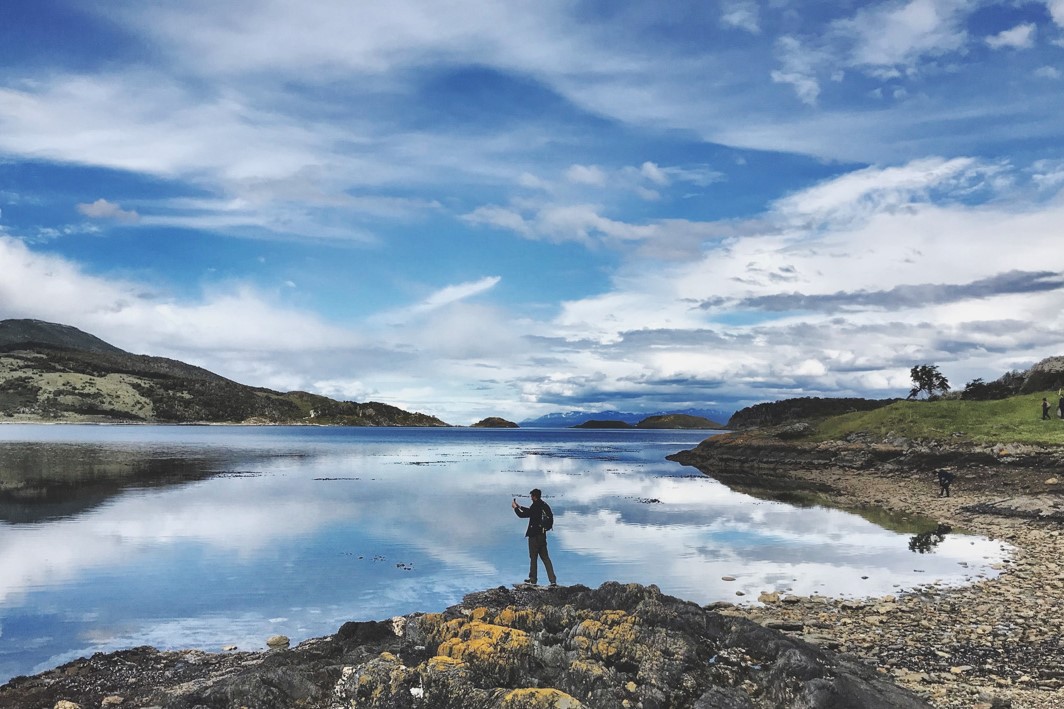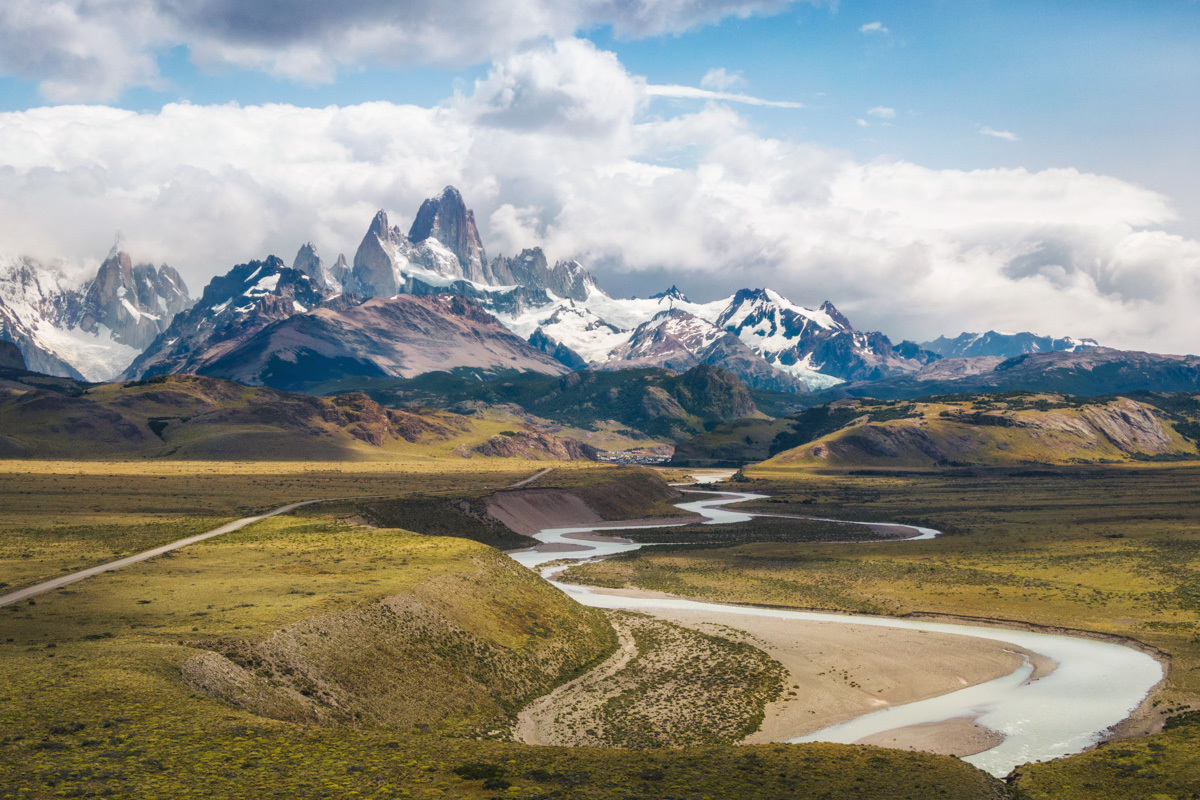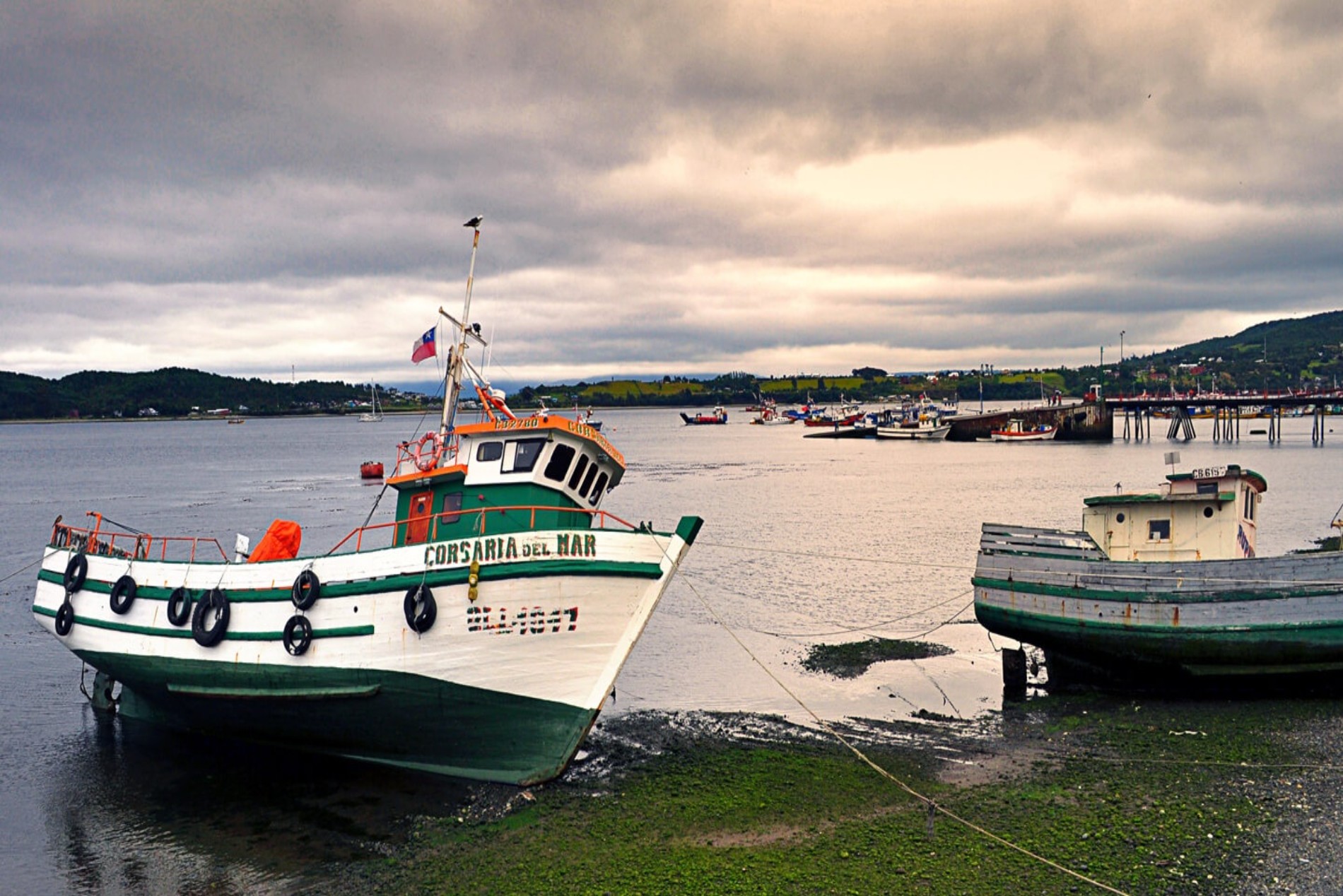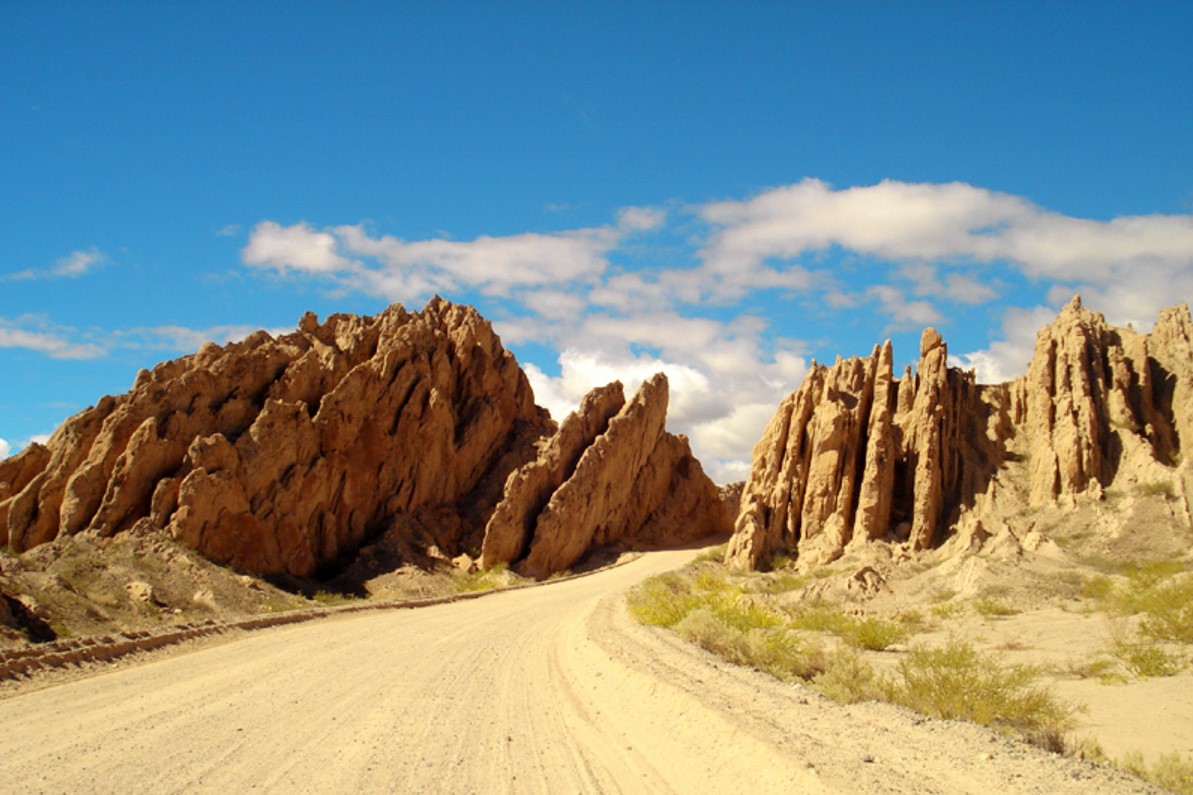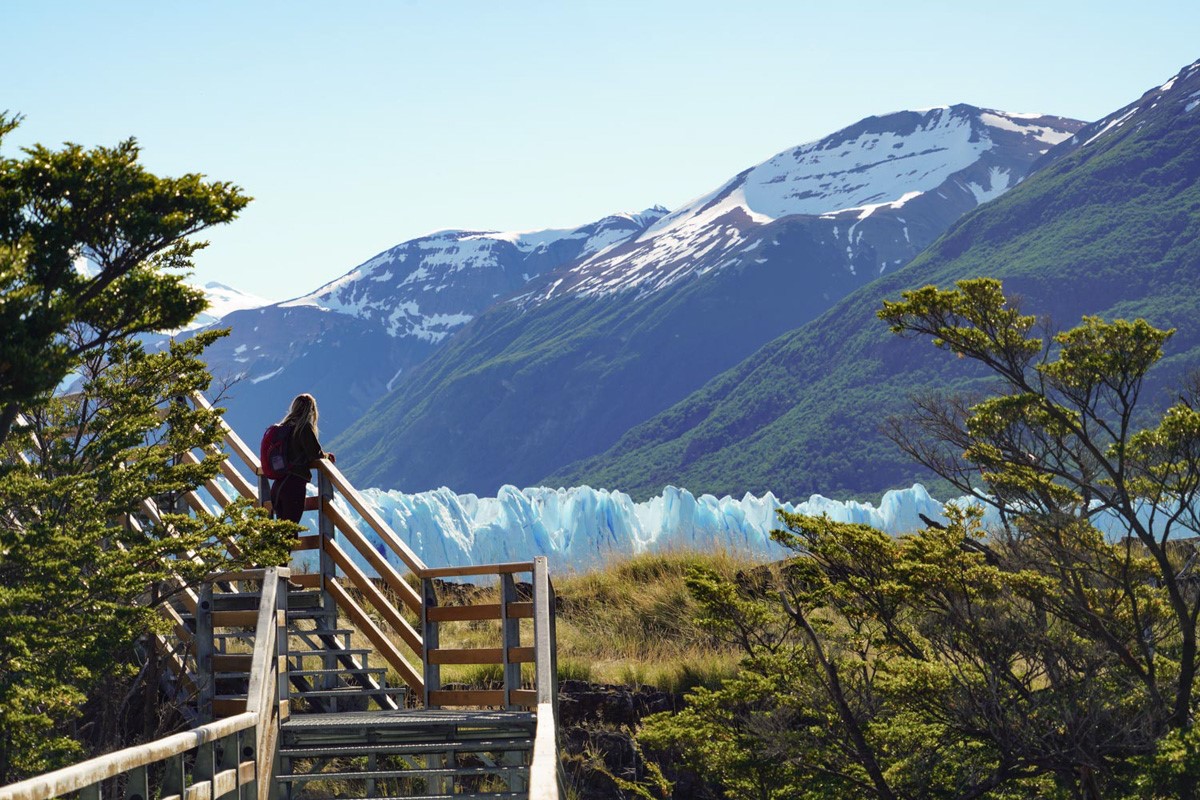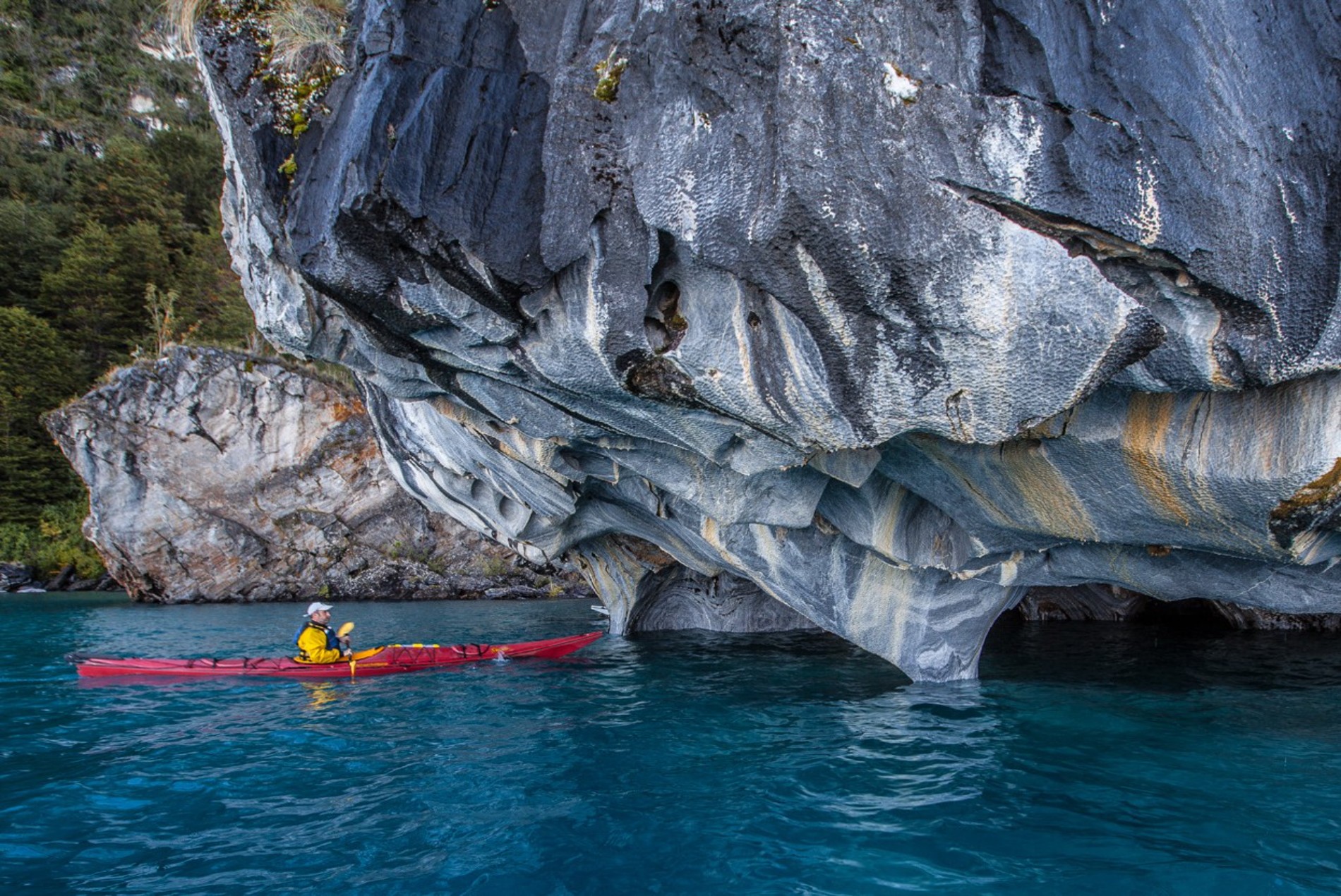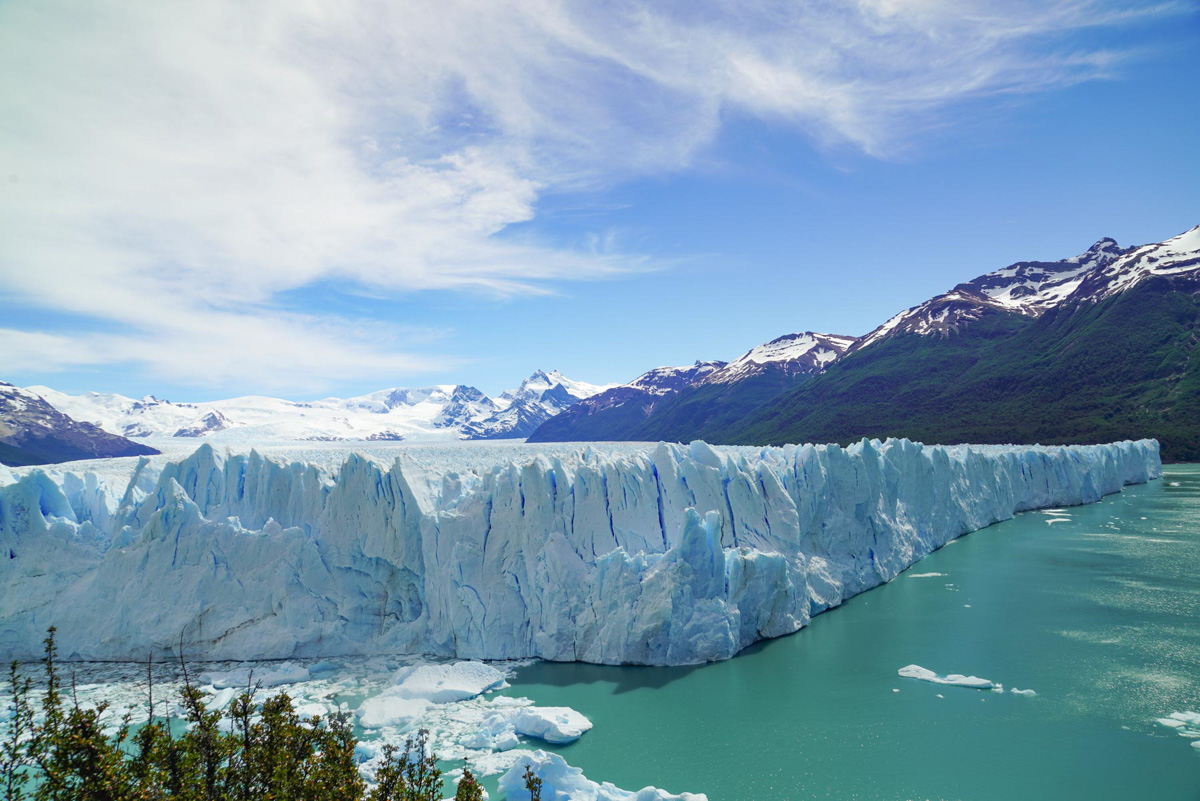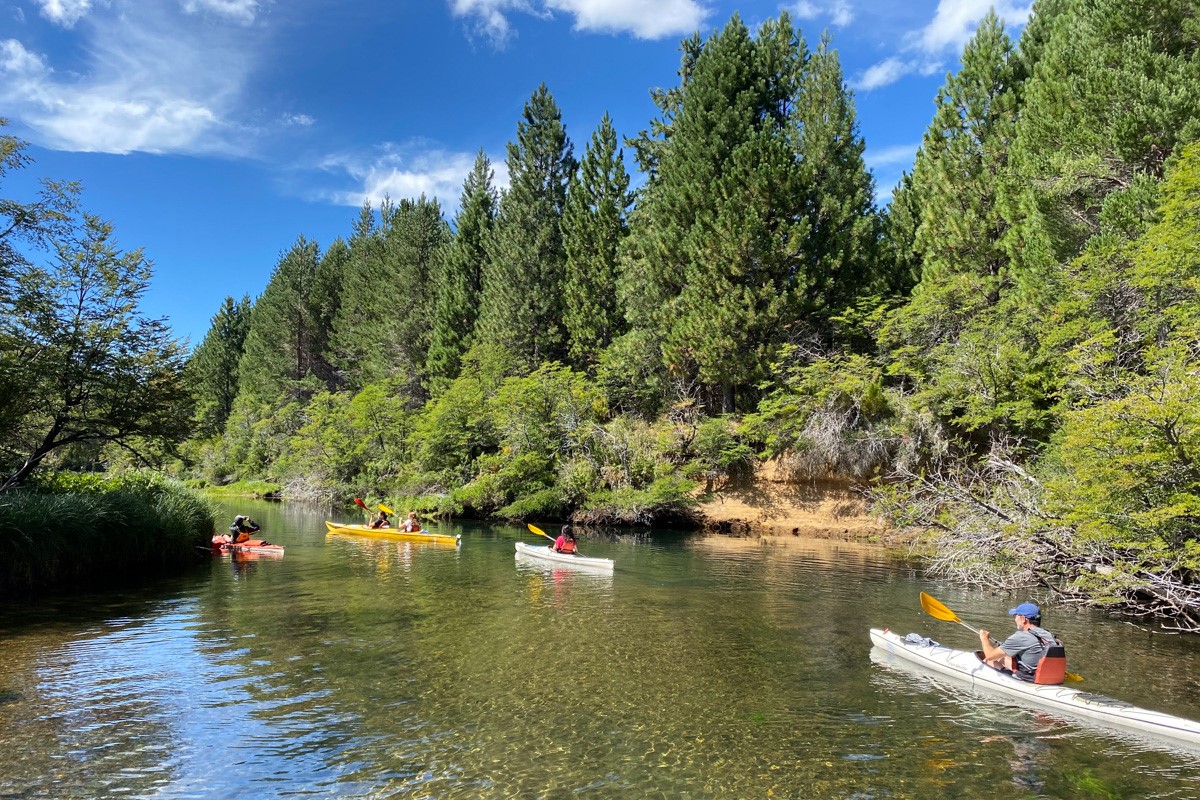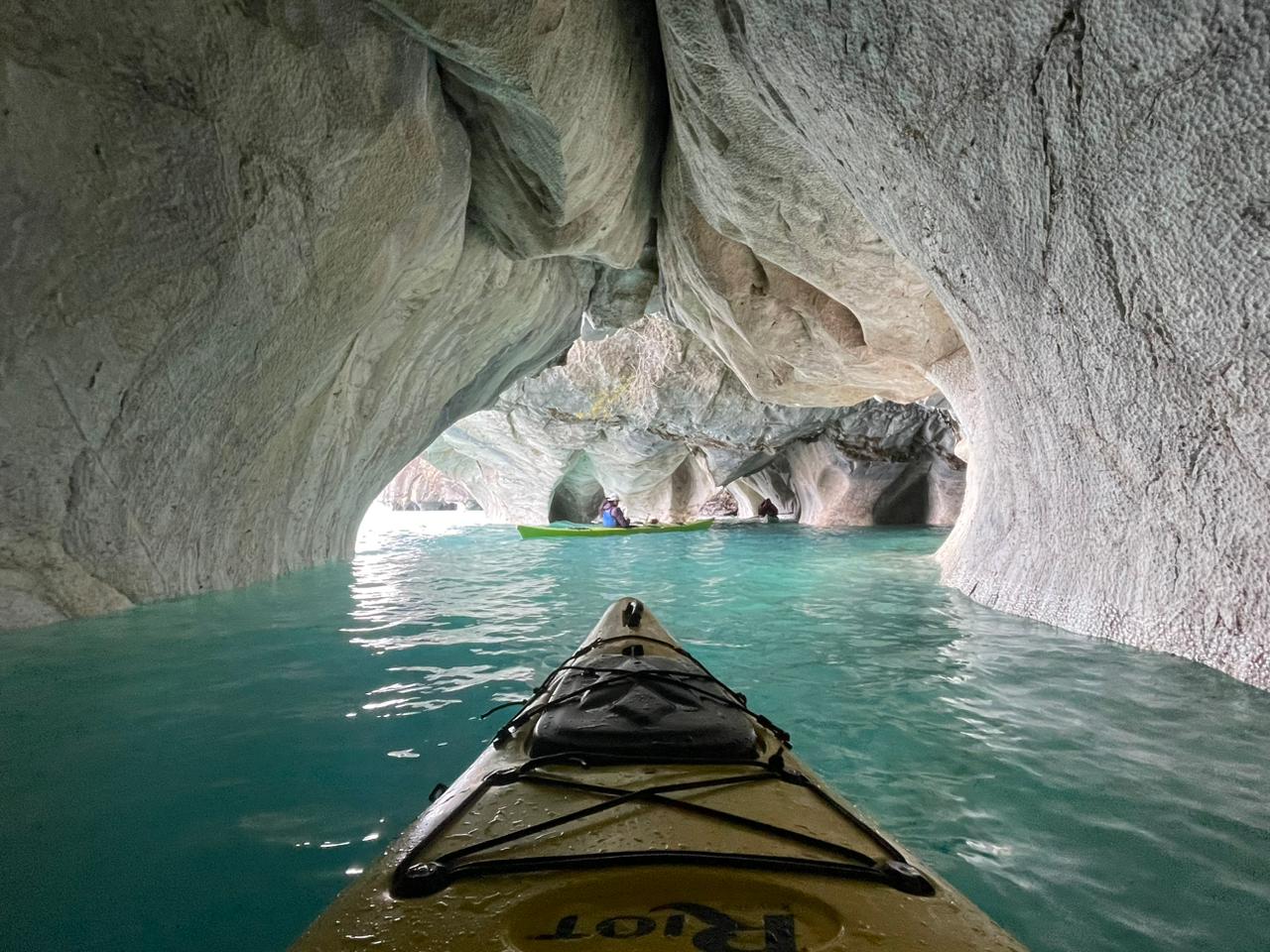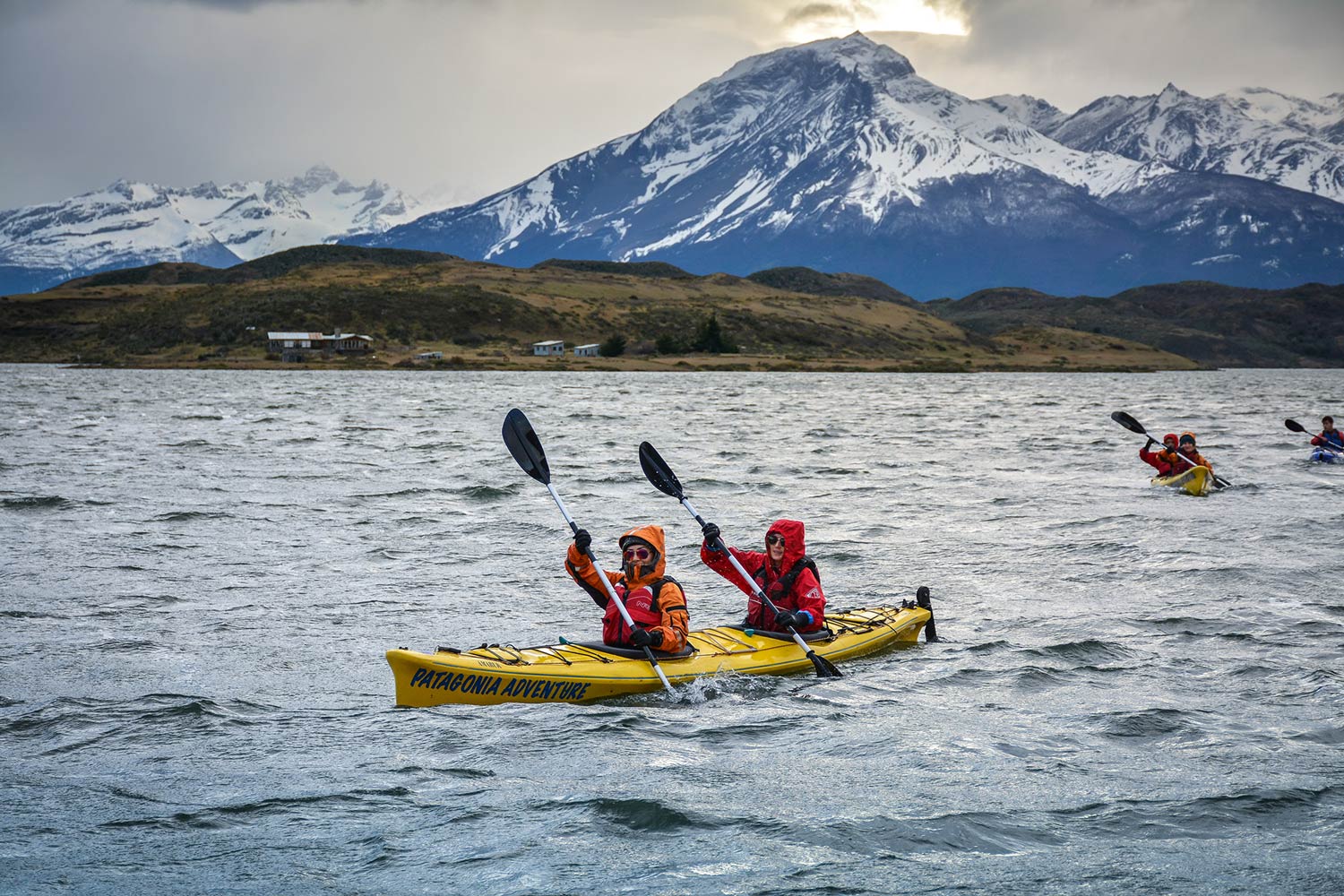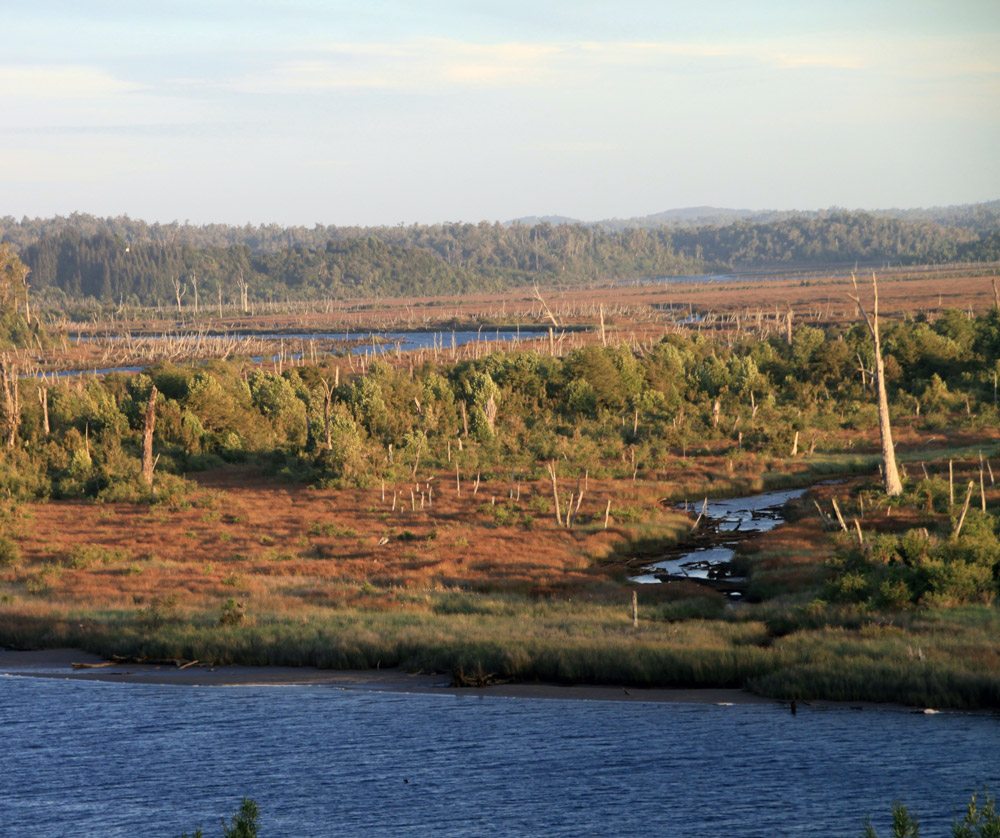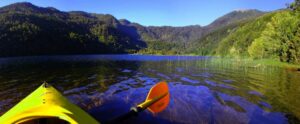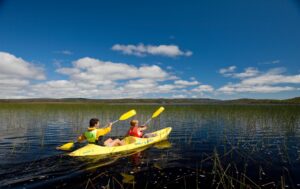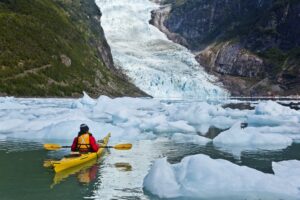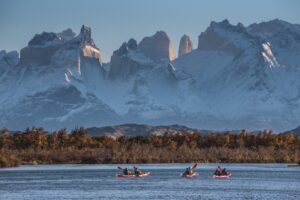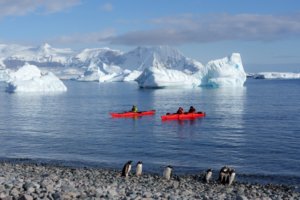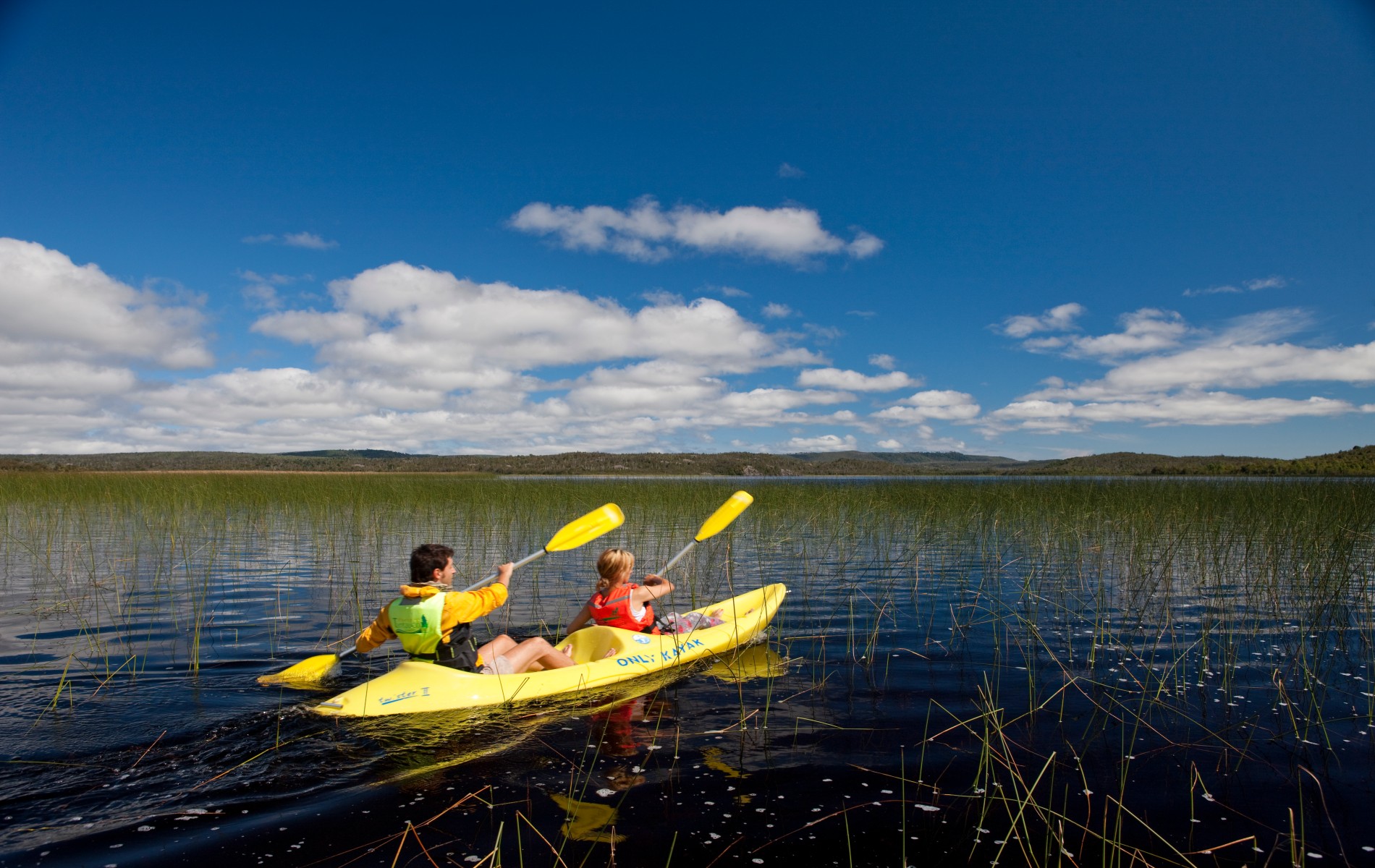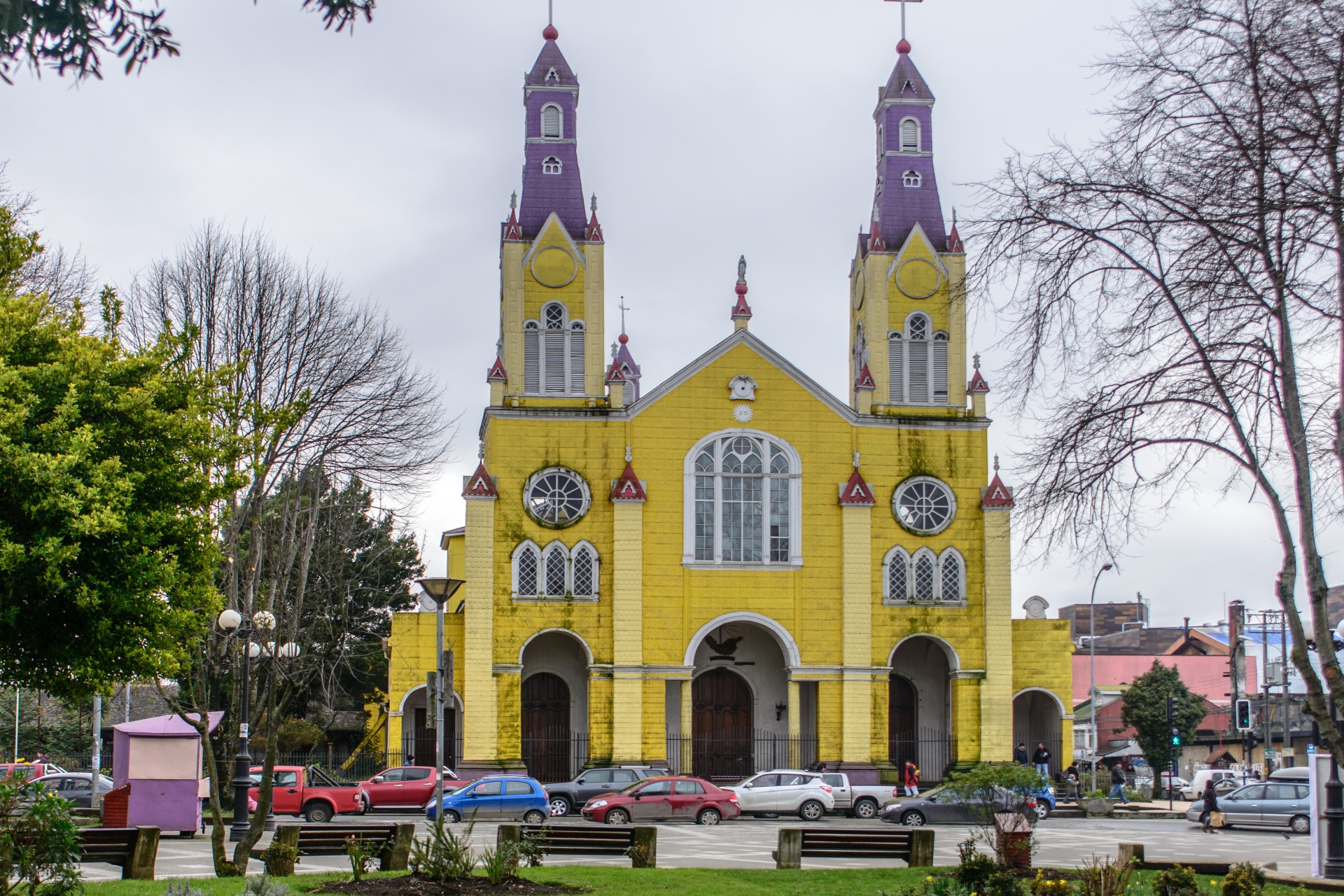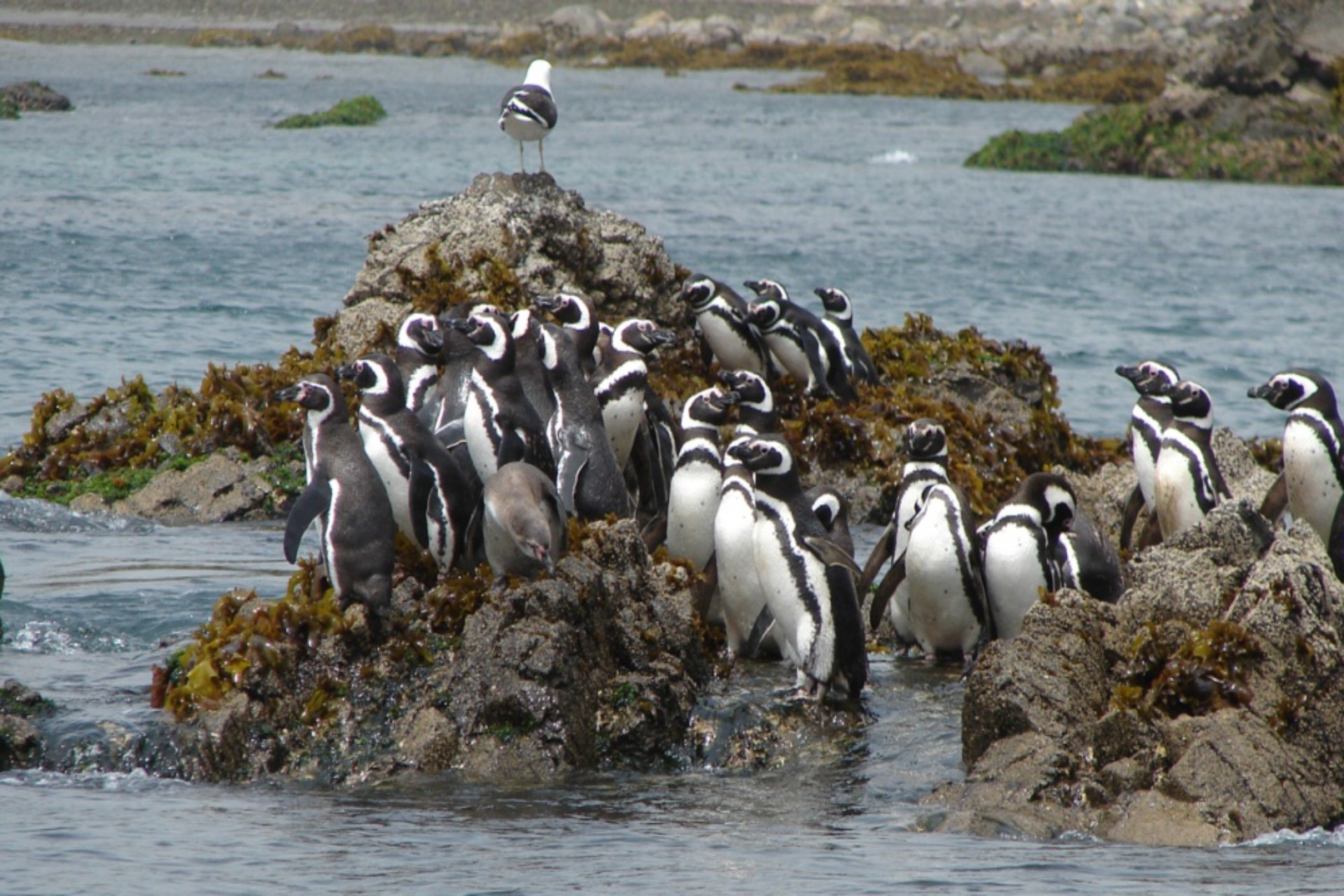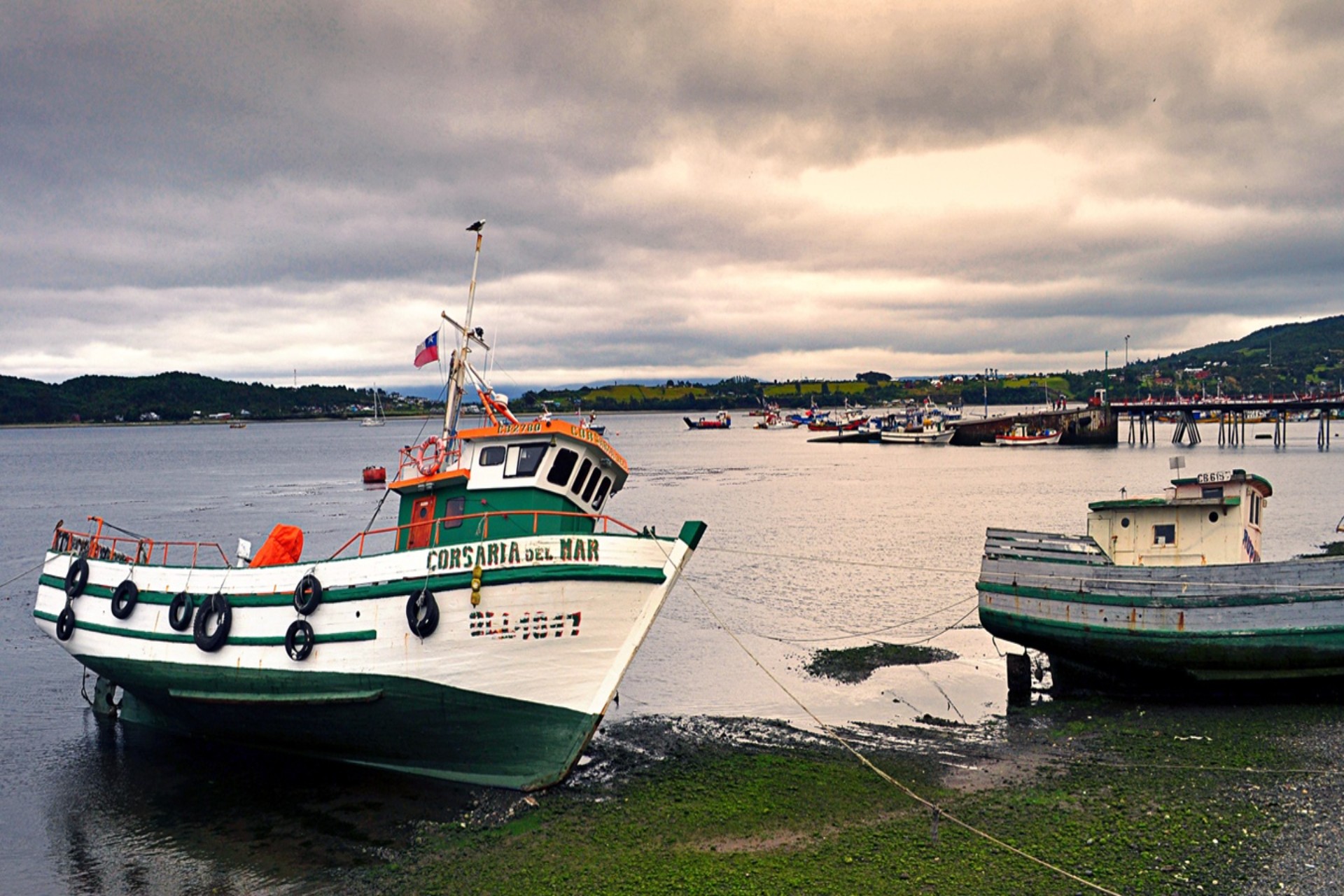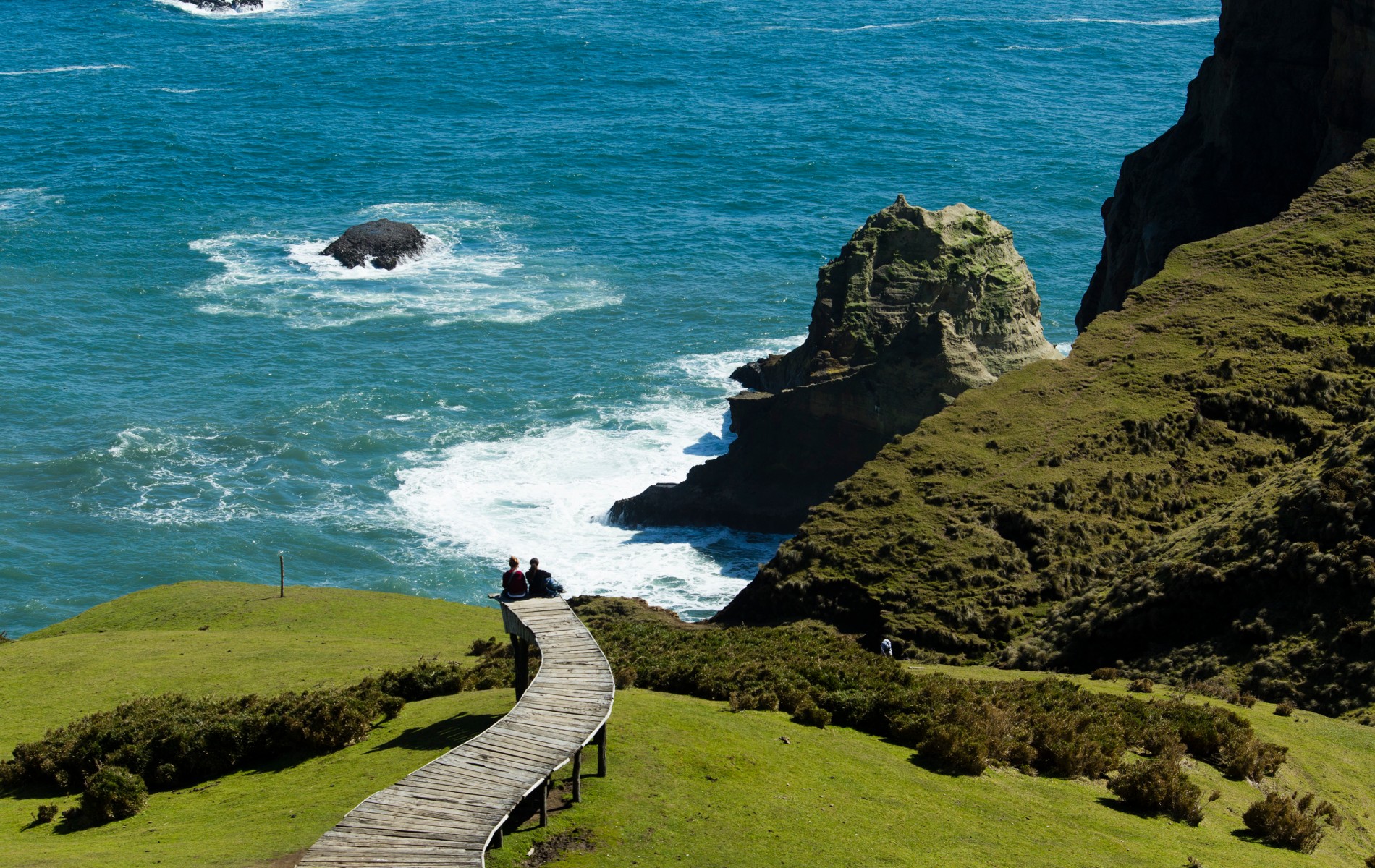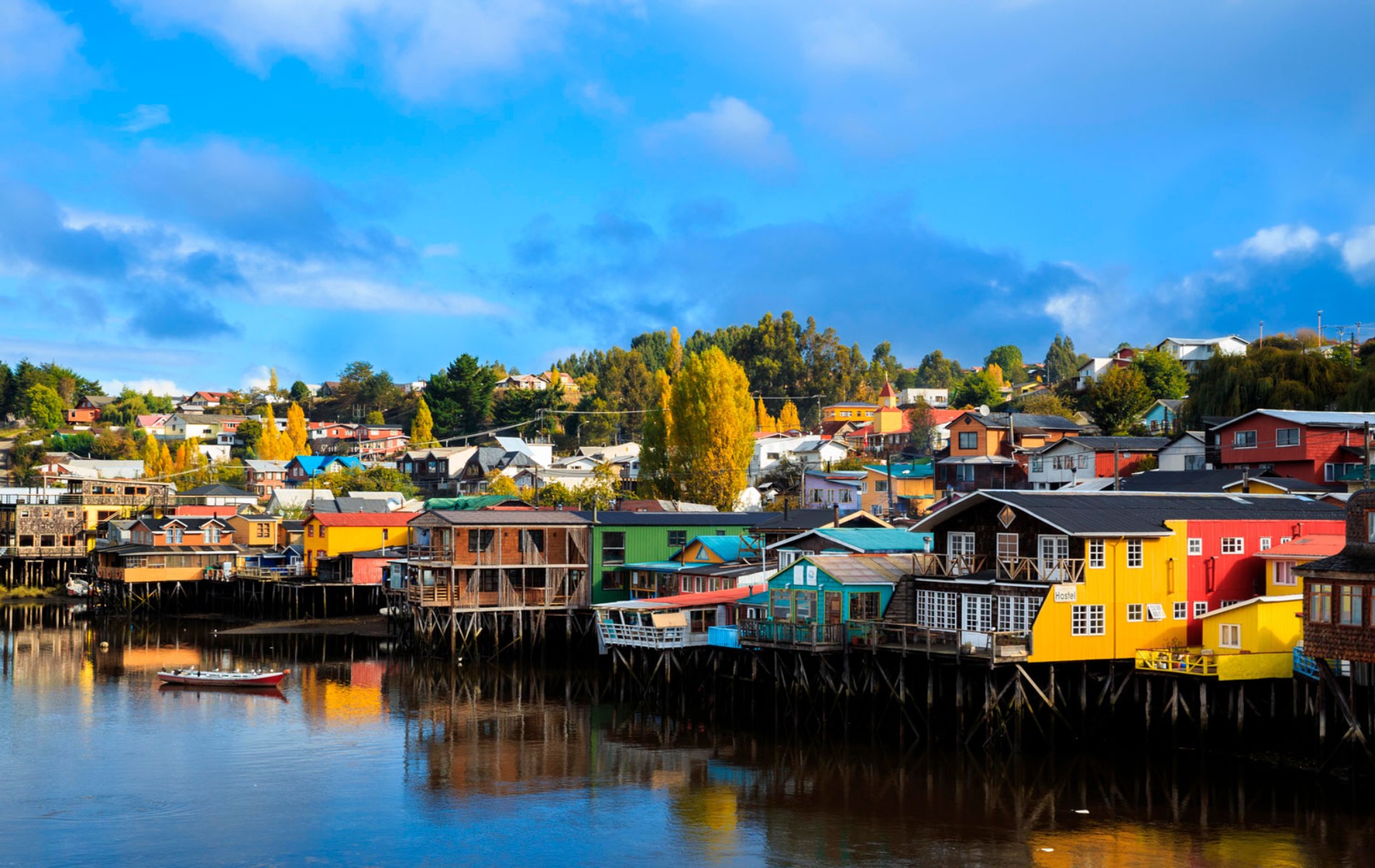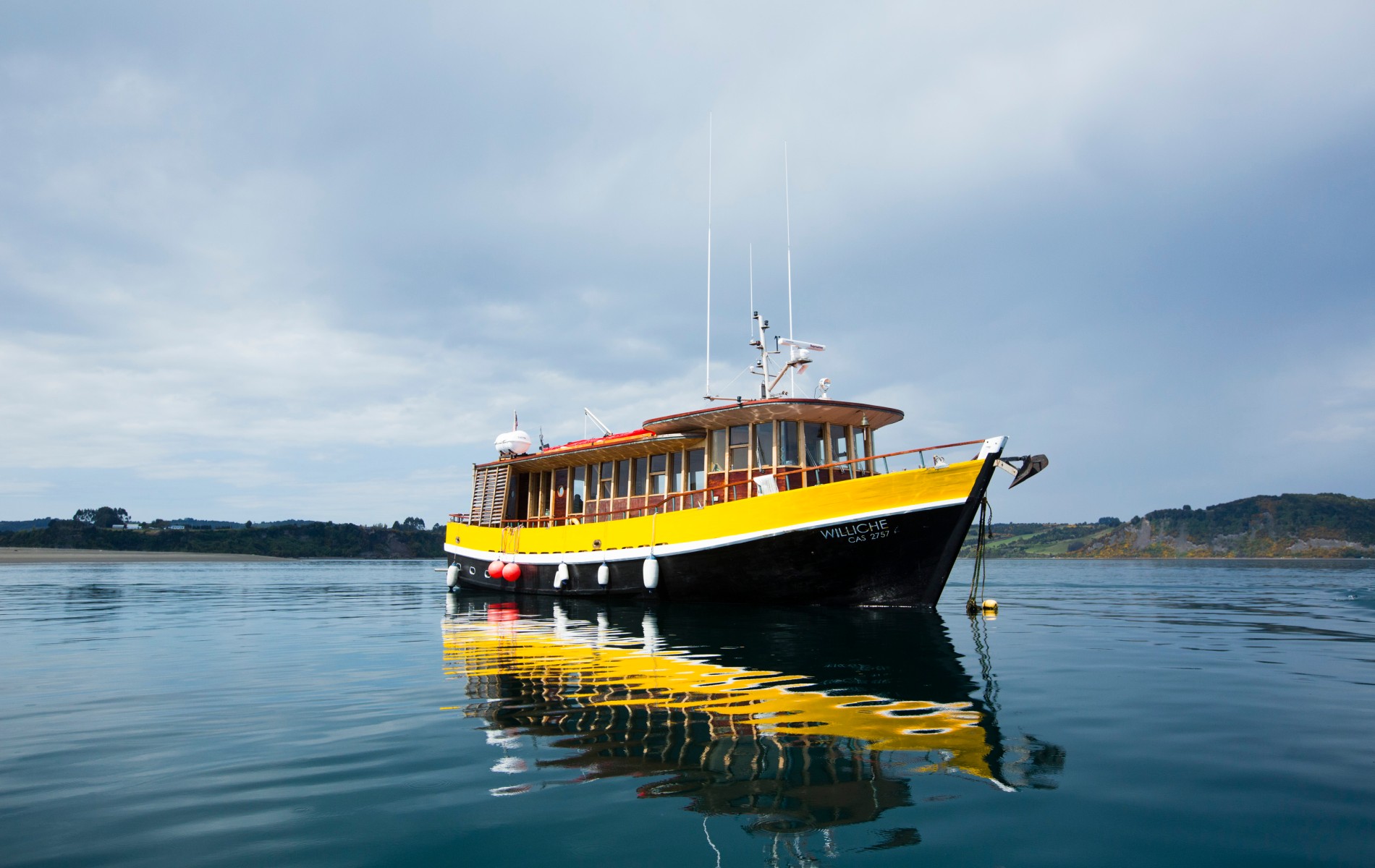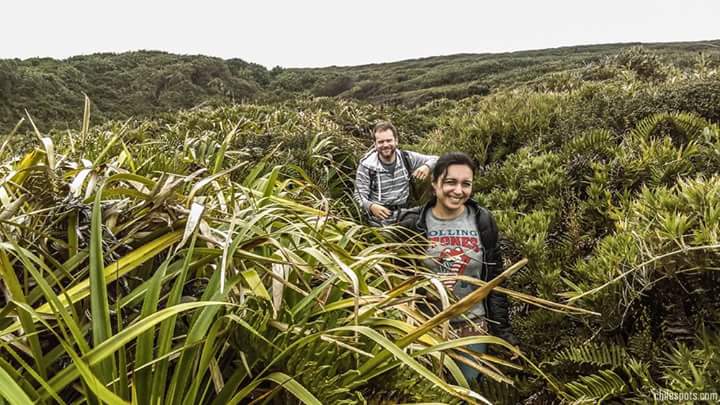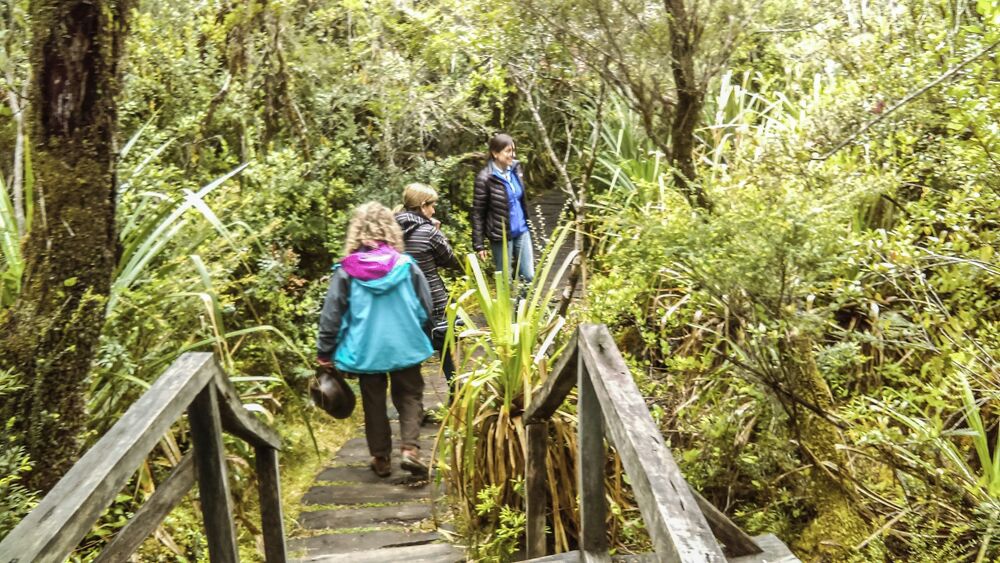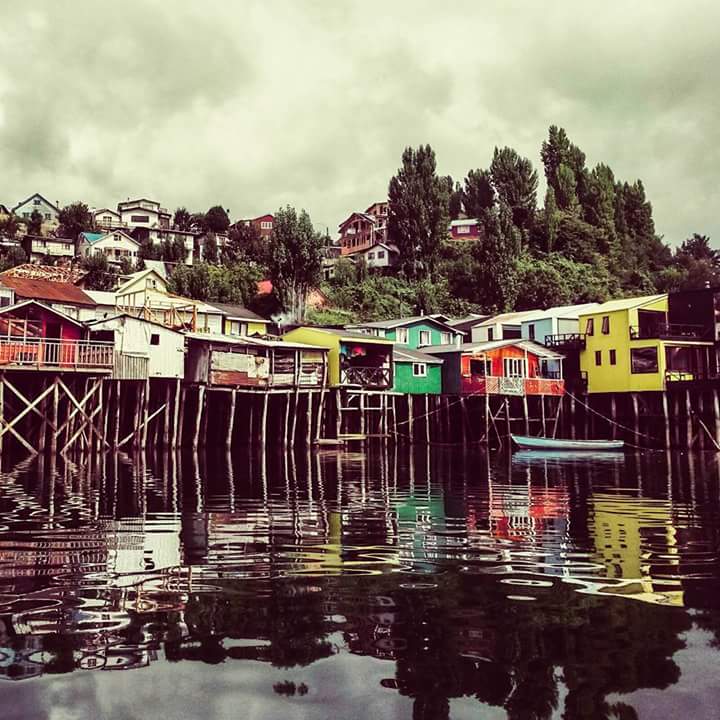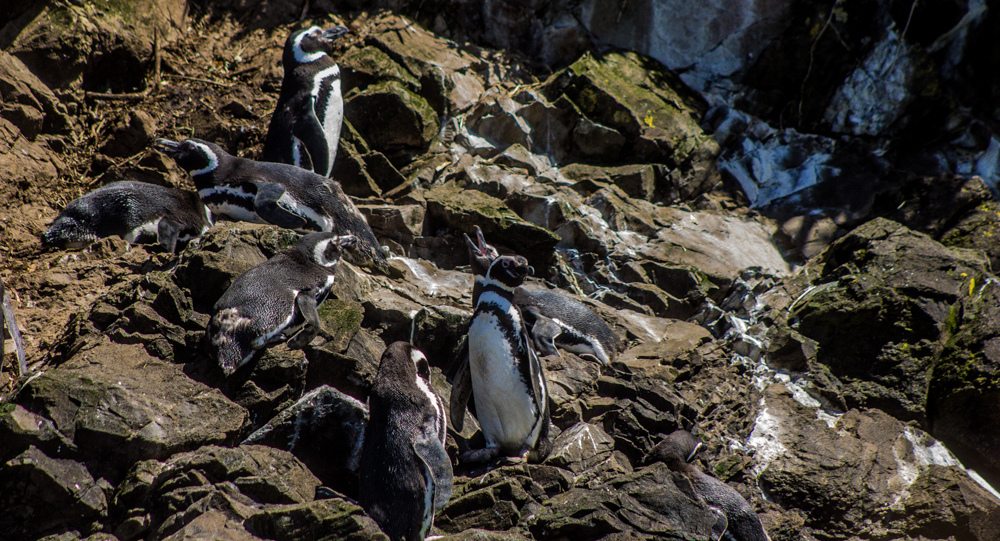They say that time is the greatest luxury there is and we agree, especially when it comes to travel. Many of us are restricted by other obligations and pressures and don’t have the privilege of traveling for extended periods of time – as much as we may like to! Sometimes we have to make the most of the week or two that we have to explore a new country or region. But by taking a breath and a step back, we can get so much more out of our travels.
Slow travel
Slow travel has become a buzzword in the sustainable travel space over recent years. It can be tempting when you go to a destination to try to see everything and pack in as much as possible. But this isn’t only worse for the environment (more local travel creates more emissions and changing of hotel increases water consumption), it can also be exhausting!
Slow travel offers an alternative. It isn’t just a pace, but a mindset too. Vacationing is as much about taking a break from the hustle and bustle of everyday life as it is about discovering new destinations. Slow travel suggests spending relaxed, quality time in your destinations to build a deeper connection, living like a local by visiting local restaurants and shops, and creating unforgettable memories that don’t seem like a fleeting moment in time. And the best thing is you practice it on short or long trips, depending on when you need to get home!
If you have the opportunity to spend just a few days in Torres del Paine or El Chalten, just taking some brief moments to breathe the clean air and take in the epic landscapes will be life-changing. Likewise, whether you visit the Atacama for three days or two weeks, taking a moment to be mindful and appreciate what’s around you rather than worrying about packing your bags for the next location will transform how you travel.
In Chile and Argentina, the slow travel philosophy aligns seamlessly with the essence of the land and landscapes. There’s a saying in Patagonia that if you rush through you’re doing it wrong, but we believe that’s true wherever you are. Here, at the end of the world, time seems to stretch out in rhythm with the sprawling landscapes of the northern deserts, the rolling wine valleys, and the ancient forests of the lakes regions.
Chile: A Tapestry of Contrasts
Begin your slow travel odyssey in Chile, a country that stretches from the arid Atacama Desert in the north to the glacial fjords of Patagonia in the south. Santiago, the vibrant capital, serves as a gateway to diverse landscapes and cultural experiences. Take your time exploring the city’s historic neighborhoods, savoring the flavors of local cuisine, and discovering the fusion of modernity and tradition.
As you venture southward, the lush vineyards of the Central Valley beckons. Slow down to sip on Chilean wine, crafted with care and precision, and allow the serene lakes to cast their spell on you. In the lakes region, discover the myths of the Chiloé Archipelago, with its iconic wooden churches and picturesque fishing villages that invite visitors to step back in time and relish the simplicity of life. Over on the mainland, you can walk up the almost perfectly conical Osorno Volcano, or walk amongst the 3000-year old trees of the Alerce Andino National Park.
Argentina: Tango, Gastronomy, and Endless Horizons
Crossing the border into Argentina, the spirit of slow travel continues to unfold. Buenos Aires, the birthplace of tango, is a city that thrives on passion and rhythm. Allow yourself to be swept away by the music and dance, meander through cobblestone streets, and indulge in the city’s renowned culinary scene. Argentina’s slow-cooked asados (barbecues) are a gastronomic journey in themselves, reflecting the country’s dedication to flavor and tradition.
From the vibrant city life, journey into the heart of the Andes. The northwest region of Argentina, with its colorful mountains and indigenous communities, invites travelers to savor the authenticity of local cultures. Cafayate, nestled in the Calchaquí Valleys, is a haven for wine enthusiasts, where vineyards dot the landscape, and each sip tells a story of the sun-drenched terroir.
Patagonia: Nature’s Symphony
No exploration of slow travel in Chile and Argentina is complete without a pilgrimage to Patagonia. This untamed wilderness, shared by both countries, is a haven for those seeking solitude and communion with nature. Take your time trekking through Torres del Paine National Park, where emerald lakes mirror granite spires, and the wind whispers tales of ancient glaciers.
In the southern reaches of Patagonia, the town of El Calafate beckons with the majesty of the Perito Moreno Glacier. Witness the slow dance of nature as icebergs calve into the turquoise waters, and feel the enormity of time etched into the glacial landscape.
We’ll be here when you’re ready
In the embrace of slow travel, Chile and Argentina reveal themselves as more than just destinations; they become immersive experiences that linger in the soul. As you traverse these lands at a leisurely pace, you’ll discover that the true beauty lies not just in the destinations, but in the journey itself—a journey that unfolds like a captivating novel, inviting you to savor each chapter and relish the intricate details that make these countries a canvas of memories.
